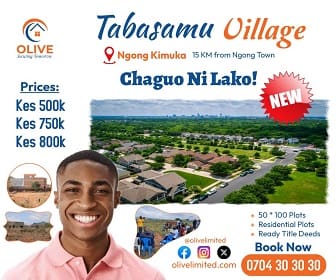FREDDIE GRAY, 25, took a walk in his Baltimore, Maryland neighborhood on April 12, 2015 when police spotted him. He apparently locked eyes with the police and then made what turned out to be a very costly decision – he run away.
Why he did that shall never be known. But police gave chase and upon arrest, hand-cuffed and placed him in the back of their van. A week later, on April 19, 2015 Gray was dead, becoming just another sad statistic in the disturbing number of civilian casualties in the hands of the U.S. law enforcement officers.
The death ignited rage and violent protests in Baltimore and brought back memories of recent sad events in the U.S., from Florida to Fergusson, to South Carolina and Staten Island. The names of Trayvon Martin, Michael Brown, Eric Garner, Walter Scott and now Freddie Gray have one common denominator. They are all black males who met their deaths in encounters with law enforcers.
Once again, protesters jammed the streets carrying Black Lives Matter and All Lives Matter posters. Smoke rose from burning police cars and buildings. Businesses were looted. Teargas filled the air. Sirens blared in every direction. Police surveillance helicopters hovered over the city. Overnight curfew was declared in Baltimore and the National Guard called to reinforce the police. Scenes of violence often associated with the Third World had come to the streets of America.
Only after state and federal authorities took action subjecting the police officers to the police disciplinary process did the situation calm down. All the six police officers involved in the Gray case were placed on paid vacation and a team appointed to investigate the incident. By then, too much damage was done to the image of Baltimore city and of the country that gave birth to the human rights movement.
So much so that everybody from the U.S. President Barack Obama to community and civil rights leaders were calling for calm and soul-searching regarding the violent protests and the motive behind the often tragic shootings by police officers.
Some critics argue that Trayvon Martin’s hoodie or Freddie Gray’s running from the police were lame excuses for their killings and that the main reason they were targeted was because they were black. Not one to shy away from the controversial subject of race in America, President Obama regretted the loss of lives and called for review of police training in handling suspects.
President Obama also reminded that while hurdles may remain in race relations, America has come far since the heydays of racial discrimination. He being son of a Kenyan father is a good example. Loretta Lynch being the first African-American woman to serve as U.S. Attorney General is another example. Stephanie Rawlings-Blake, the Mayor of Baltimore is also African-American. The famous surgeon, Ben Carson, is expected to run for U.S. presidency. These stories and those of many others are uniquely American stories which draw many people worldwide to The Land of The Free and the Brave.
While the wave of demonstrations has declined, the crisis facing America is far from over. It is true black people in the U.S. have political freedom. But they also need economic empowerment. For now unemployment remains high. Inner city poverty, drug culture and easy availability of guns have combined to breed violent crime. In Brooklyn, New York, two police officers were shot and killed in December 2014. And this week, New York City buried Police Officer Brian Moore, also killed in gun violence. No doubt, community policing in such a situation is a risky job. Survival may depend on shooting before one is shot.
Barack Obama is on the final stretch of his presidency. The jury is still out on whether the badly needed economic Yes We Can could be achieved by the time he leaves office. The president’s My Brother’s Keeper Initiative has the potential to empower and transform American communities if it borrows from the African Diaspora in the U.S.
Annually, the Kenyan Diaspora remits more than a billion dollars back home. Total remittances to Africa are close to U.S. $ 20 billion. This massive infusion of funds puts money in people’s pockets in villages and towns across Africa which support local economies. The diaspora community may be the cheapest but least used foreign policy asset of the Obama administration. They know the continent. They speak several languages and their wildest dream is creation of Union of African States just like the USA. They’re well placed to open business doors in Africa for more U.S. exports that create jobs and wealth here and abroad.
By Leonard Njoroge, Diaspora Messenger News Media Contributor, Email: nj*******@ya***.com









